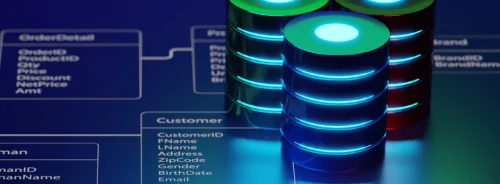Healthcare organisations worldwide face significant challenges when transitioning from one Electronic Health Record (EHR) system to another. At Main Line Health, the recent migration from Cerner to Epic provided critical insights into managing the complexities of such a large-scale change. As the Director of IT Revenue Training and Corporate Service Applications, Scott Engelman led this intricate process, handling over 50 legacy applications. The strategic approach, grounded in planning, partnerships, and continuous support, can guide other healthcare leaders in navigating EHR transitions.
Managing Multiple Systems
One of the most significant hurdles encountered during the EHR transition was the need to juggle multiple systems. Beyond managing the migration from Cerner to Epic, the organisation also had to rationalise more than 50 legacy applications, including clinical, pharmacy, and laboratory systems. This included everything from Cerner EDM to Soarian Clinicals, NextGen, and eClinicalWorks. The primary focus was on successfully implementing Epic while managing the archival needs of critical systems, especially in financial areas such as accounts receivable wind-down. Ensuring data remained accessible and secure throughout this process required a well-thought-out plan.
Partnerships and Collaboration
The Key to Success One of the core principles that emerged from the experience was the importance of forging the right partnerships. Main Line Health partnered with Harmony Healthcare IT, a vendor specialising in legacy data management, to ensure access to historical records was maintained and complied with legal medical record requirements. Additionally, the collaboration between the health information management team and the external vendor was pivotal in ensuring data accuracy and continuity. Engaging dedicated teams for data validation ensured that the legal medical records were accurate and accessible throughout the transition, helping us achieve seamless integration of historical data into the new system.
Ensuring Data Accessibility and Compliance
Accessibility and compliance were two fundamental objectives throughout the EHR transition. Ensuring that historical records were easily accessible to stakeholders in a secure and compliant manner was crucial for maintaining operational efficiency. Data integrity and compliance with regulatory standards were at the forefront of the approach. Teams prioritised maintaining both archived and current EHR data in accordance with legal medical record standards to avoid potential legal pitfalls and ensure the continuity of care. Integrating cybersecurity measures, such as single sign-on solutions for accessing archived records, helped streamline the user experience while maintaining robust security standards.
Conclusion
Successfully transitioning from one EHR system to another is a complex and multifaceted process, as the experience at Main Line Health demonstrates. Key lessons that emerged include the importance of a comprehensive plan, strategic partnerships, internal team collaboration, and a focus on data accessibility and compliance. By adhering to these principles, healthcare organisations can navigate EHR transitions more efficiently while minimising risks to data integrity and operational efficiency. Effective EHR migration is not just about switching platforms—it’s about preserving historical data, supporting financial operations, and ensuring ongoing support for seamless integration.
Source Credit: HealthDataManagement
Image Credit: iStock






